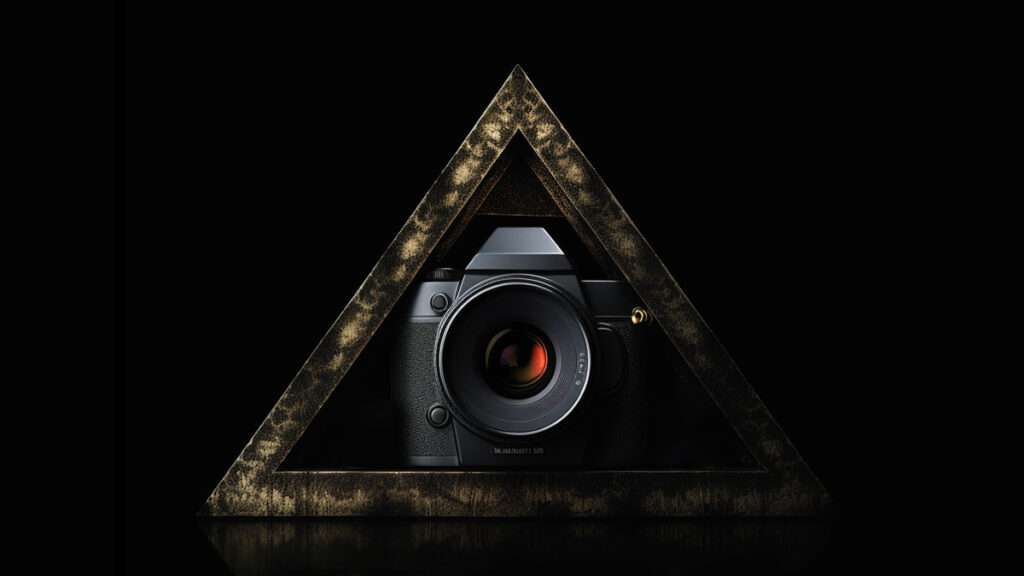One of the most important concepts every serious photographer should understand is the exposure triangle. Here, I’ll break down the three components of exposure: aperture, shutter speed, and ISO, and discuss how they work together to create an image in your camera.
What is the Exposure Triangle?
The exposure triangle is the relationship between three elements: aperture, shutter speed, and ISO. These three elements determine the exposure of a photo, which means how light or dark it will be. Understanding the exposure triangle is essential for creating well-exposed images, especially if you’re using manual mode or otherwise manually controlling exposure in your camera.
Aperture
Aperture is the opening (or diaphragm) in your camera lens that controls how much light enters the camera. It’s measured in f-stops, which typically range from around f/1.4 to f/22, with lower numbers indicating a larger opening and higher numbers indicating a smaller one.
Aperture also affects the depth of field (DOF) in a photo, which is the amount of the image that is in focus from front to back in a scene. A larger aperture (lower f-stop number) creates a shallow depth of field, which means that only a small area of the image is in focus, while the rest is blurred. This is ideal for portraits or photos where you want to isolate the subject from the background. A smaller aperture (higher f-stop number) creates a greater depth of field, which means that more of the image is in focus. This is ideal for landscape photos or photos where you want everything in focus.
Shutter Speed
Shutter speed is the amount of time that the camera’s shutter is open, allowing light to enter through to the sensor. It’s measured in seconds or fractions of a second, such as 1/250 or 1/1000. A faster shutter speed (higher number) means that the shutter is open for a shorter amount of time, which allows less light to strike the sensor. A slower shutter speed (lower number) means that the shutter is open for a longer amount of time, allowing more light to strike the sensor.
Shutter speed also affects motion blur in a photo. A faster shutter speed freezes motion, which is ideal for sports or action photography. A slower shutter speed creates motion blur, which is ideal for creating a sense of movement or capturing light trails in a long exposure shot.
ISO
ISO is the camera’s sensitivity to light. It’s a little more complicated than that, but that’s a good way to think about it. ISO is measured in numbers, with lower numbers (such as 100) indicating low sensitivity and higher numbers (such as 3200) indicating high sensitivity. A higher ISO allows you to shoot in lower light situations, but it also can introduce more digital noise into the image, which can make it look grainy.
ISO also affects the overall exposure of the photo. Generally speaking, a higher ISO will make the image brighter, while a lower ISO will make it darker.
Putting it all Together
All three components are interdependent. They must be in balance. If they are in the right combination for a good exposure in given scene, any change to one setting will require a reciprocal change to one or both of the other settings. The key is to find the right balance between aperture, shutter speed, and ISO to create a well-exposed image.
For example, if you’re shooting a portrait in low light, you may need to use a larger aperture (lower f-stop number) to let in more light, a slower shutter speed to allow enough light in, and a higher ISO to compensate for the low light. On the other hand, if you’re shooting a landscape photo in bright sunlight, you may need to use a smaller aperture (higher f-stop number) to get everything in focus, a faster shutter speed to avoid overexposure, and a lower ISO to reduce noise.
The exposure triangle is a fundamental concept in photography that can be intimidating for beginners. But, by understanding the relationship between aperture, shutter speed, and ISO, you’ll have the confidence of knowing you can handle any lighting situation. Practice and experiment with different settings and lighting conditions to see how they impact your photos. It’s the best way to learn.
Loved this tip? Here's something else you might like:
👉 Free 10-Min. Guide to Off-Camera Flash


